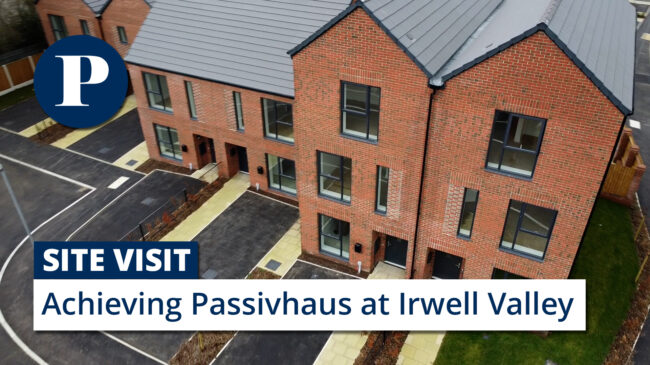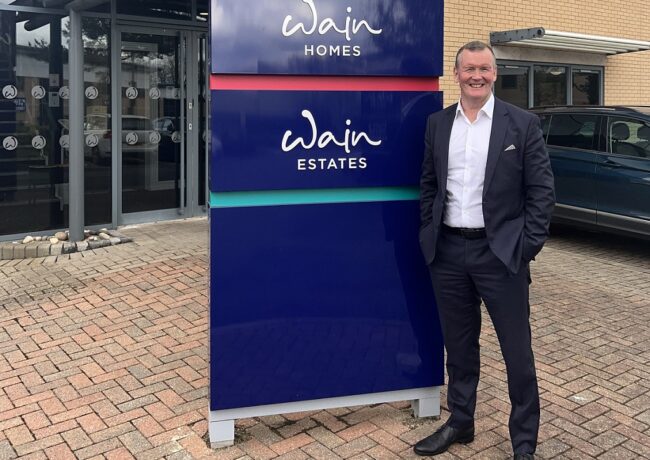VIDEO | ESG in later living property
Developers, architects, advisers, and lenders gathered for a debate about the state of environmental, social, and governance framework in the later living sector, in association with Mills & Reeve.
Participants
- Jenny Buterchi, partner, PRP Architects
- Rebecca Shafran, senior associate director at, BNP Paribas
- James Willcox, head of sustainability, Inspired Villages
- Sam Dalton, policy and external affairs manager, Associated Retirement Community Operators
- Olivia Nordgreen, development director, Riverstone
- Olaide Oboh, executive director, Socius
- Martin Williams, director of debt finance at OakNorth Bank
- Phil Grant, director, Axis Land Partnerships
- David Roberts, partner, Mills & Reeve
- Emma Purton, principal associate, Mills & Reeve
- Laura Ludlow, principal associate, Mills & Reeve
- Chaired by Paul Unger, publisher, Place North West
Key talking points
Later living is still a new concept to many property developers and investors, which makes valuing developments and securing finance more difficult than traditional commercial or residential projects. There are numerous different models with greater or lesser on-site care provided, which can make operating margins and viability more complicated to calculate.
Social value is a vital part of the offer when catering to the elderly market; the right blend of on-site wellbeing, retail and care services is essential to attracting occupiers. Linking to the local community beyond the ‘red line’ boundary of the development area is desirable but not always planned in from the outset or recognised by local authorities and residents.
Connecting to the energy grid remains a major hurdle to overcome for new projects and managing connections, predicting capacity need in tandem with emerging forms of renewable energy and pro-ESG design forms is an ongoing challenge.
Measuring carbon was a recurring theme of the discussion. Solar panels might be measured positively for not emitting carbon but negatively for the amount of carbon contained in their manufacture. This was one of several examples raised that show how fickle and sensitive the scorecard systems property companies follow can be.
All agreed it was early days for ESG in later living and the sector as a whole as a recognised asset class and predicted that more entrants would be found in the sector in the coming years.




